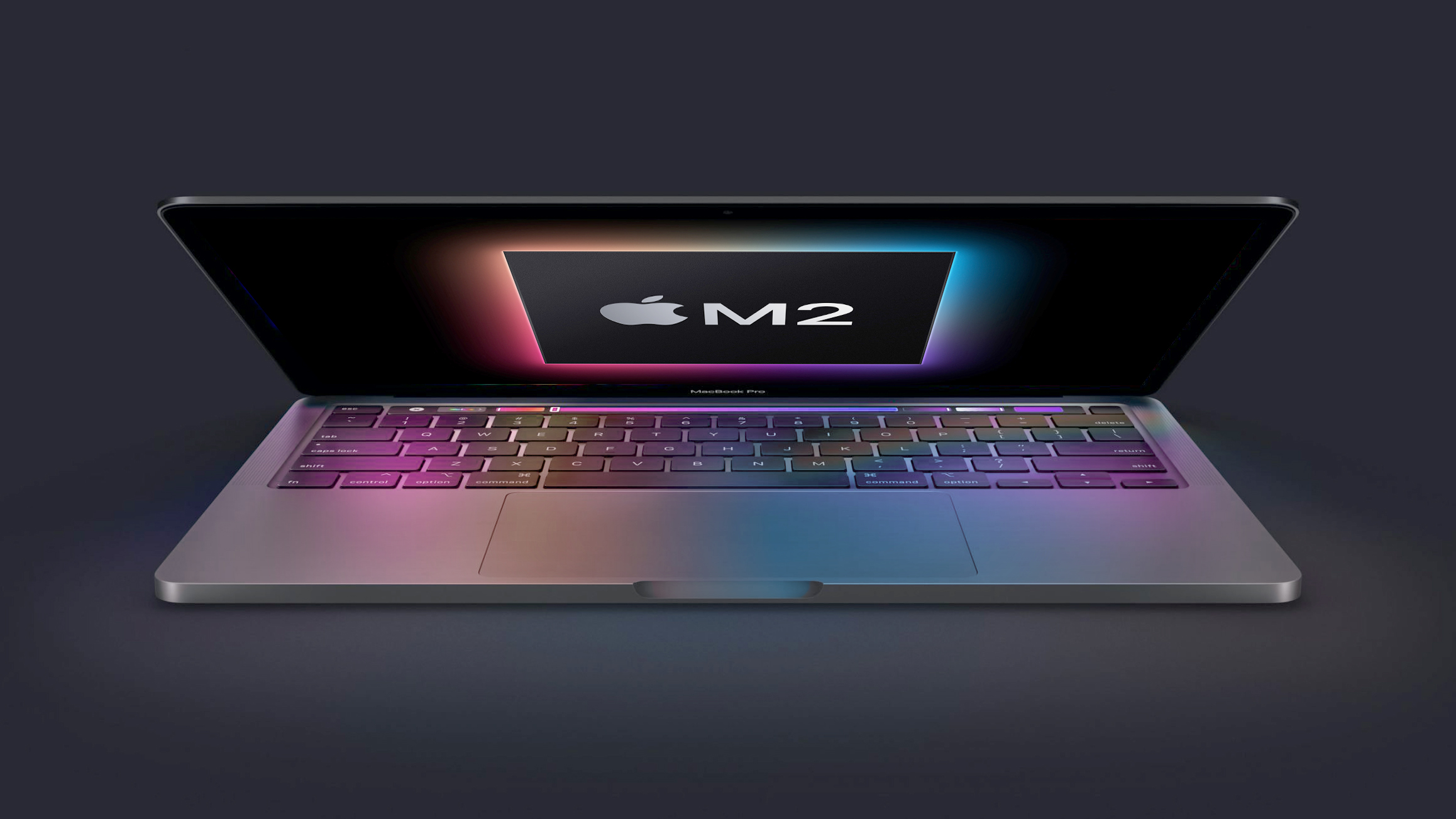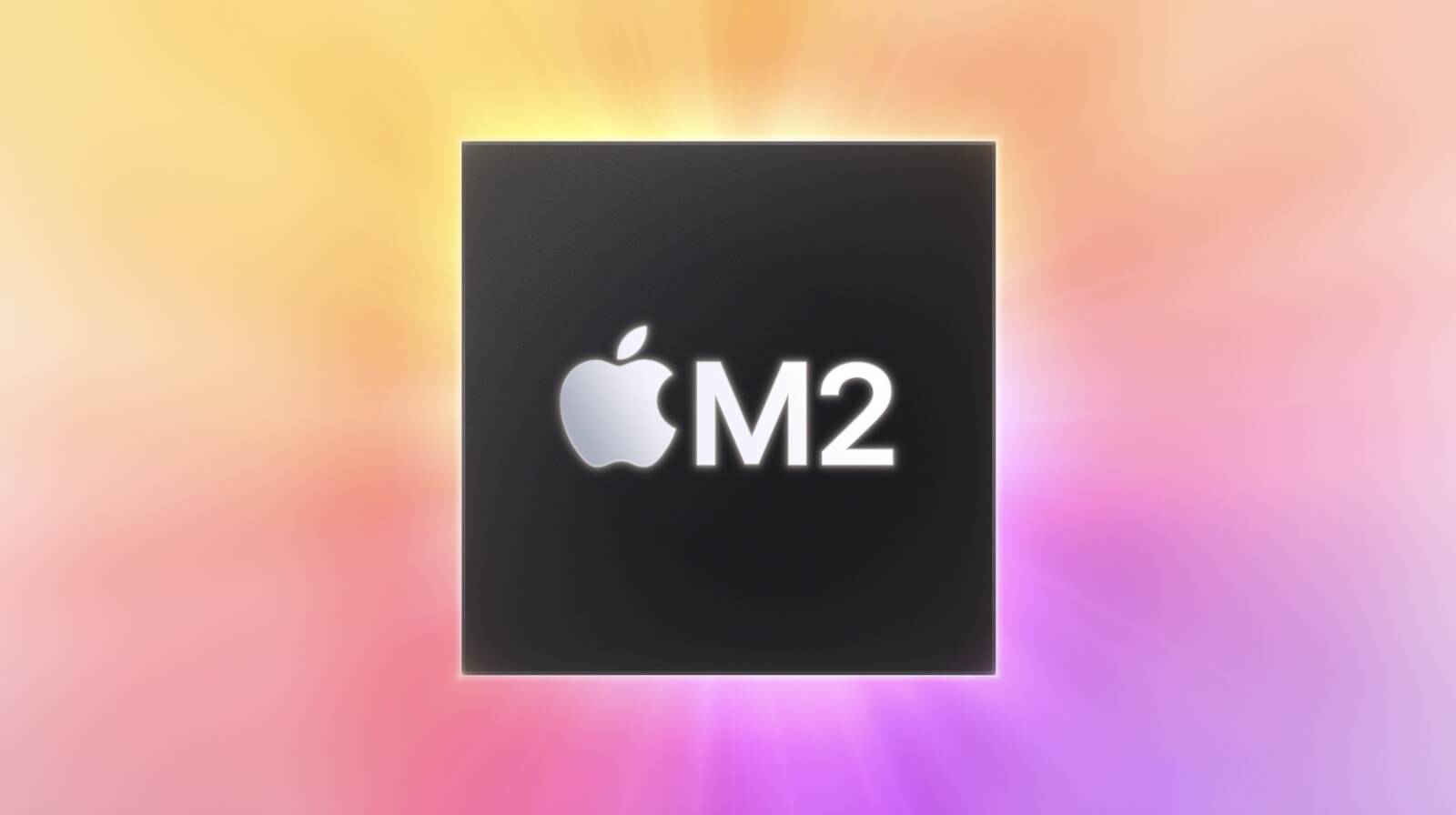Will get the MacBook Air 2 when it ships, but not because of the M2, but the new form factor and I alos need to update a 2018 MacBook Pro.
Got a tip for us?
Let us know
Become a MacRumors Supporter for $50/year with no ads, ability to filter front page stories, and private forums.
M1 vs. M2 MacBook Pro: Is It Worth the Upgrade?
- Thread starter MacRumors
- Start date
- Sort by reaction score
You are using an out of date browser. It may not display this or other websites correctly.
You should upgrade or use an alternative browser.
You should upgrade or use an alternative browser.
20% is a lot for just a generation bump. I am actually impressed with the performance difference. Of course ,that doesn't mean that it's worth upgrading from an M1 based machine. It all depends on usage scenario.No way, it's not worth an upgrade. Only 20% faster with the M2. Not worth it at all.
M2 Chip should have been called M1S. Save the money and get yourself a M2 MacBook Air.
I believe though that people who care about performance have already invested in an M1 Pro, Max or Ultra Mac..
It's more normal than the RAM on the 1080Ti in my gaming rig coming in at 11GBThe 24GB of RAM is an annoying number. It should be in 2’s: 8,16, and 32
There's no need to upgrade phones yearly either. There was a period where smartphones were making huge strides yearly, but that time has long since passed.Coming from an M1 to an M2? No. That's the answer. This is a laptop, not a phone.
Agreed, I also mentioned it a couple of posts later. Also, phones can last 2-3 years easy now a days.There's no need to upgrade phones yearly either. There was a period where smartphones were making huge strides yearly, but that time has long since passed.
It reminds me of when the VIC-20 came with 5K.The 24GB of RAM is an annoying number. It should be in 2’s: 8,16, and 32
Apple, If the M2 Chip is your idea of a joke...It's not very funny.
PS. I love my M1 Pro MBP's 96W Power Brick. It charges it up incredibly fast!
PS. I love my M1 Pro MBP's 96W Power Brick. It charges it up incredibly fast!
Would like to see a side-by-side comparison of the stats between this and my 2012 13” MBP (CD drive model), which it might be time to retire now!
I’m just sad they kept the M1 Air in their line-up. I was hoping that we’d see some good discounts, but it’s not going to happen.
There have been several discounts and promotions available on that specific model. MR has been doing articles with links.I’m just sad they kept the M1 Air in their line-up. I was hoping that we’d see some good discounts, but it’s not going to happen.
I’m almost at 4 here with my XR and my wife and I may push it to 5 with the iPhone 15 supposedly moving to USB-C. Would love to get one more year out the device. Both our batteries are at around 83% capacity, so if we decide to keep them we’re going to get replacements and keep them until the iPhone 16, more than likely.Agreed, I also mentioned it a couple of posts later. Also, phones can last 2-3 years easy now a days.
Apple's M2 MacBook Pro comes over a year and a half after its M1-based predecessor. The new device features the exact same design, but there are several important under-the-hood differences between the two machines that could make it an upgrade worth considering for some users, even though it may not be worthwhile for many customers.

The 13-inch MacBook Pro is often chosen by those who require active cooling for better sustained performance, the best compact MacBook battery life, or simply like the Touch Bar, with the device offering more than the MacBook Air but a price well below the high-end MacBook Pro models. Apple outlines at least six key differences between the now-discontinued M1 MacBook Pro and the new M2 MacBook Pro:
M1 MacBook Pro
- M1 chip with 8-core GPU
- 8GB and 16GB unified memory configurations
- 68.25GB/s memory bandwidth
- 3.5mm headphone jack
- 61W USB‑C Power Adapter
M2 MacBook Pro
- M2 chip with 10-core GPU and dedicated media engine
- 8GB, 16GB, and 24GB unified memory configurations
- 100GB/s memory bandwidth
- 3.5mm headphone jack with support for high-impedance headphones
- 67W USB‑C Power Adapter
- Made with more recycled materials
M1 vs. M2
The main difference between the current and previous-generation 13-inch MacBook Pros is their Apple silicon chip. The M1 chip, introduced in November 2020, is based on Apple's A14 Bionic chip. On the other hand, the M2 is seemingly based on the A15 Bionic chip. While both chips feature an eight-core CPU with four performance cores and four efficiency cores, the M2's cores offer moderate performance and efficiency improvements. The M2 also adds two additional GPU cores.

According to Apple, the 13-inch MacBook Pro is nearly 40 percent faster than the previous generation when working with RAW images in apps like Affinity Photo or playing graphics-intense games like "Baldur's Gate 3."
Like the M1 Pro, the M2 features a media engine for hardware-accelerated H.264, HEVC, ProRes, and ProRes RAW video encode and decode. The M1 chip does not contain a dedicated media engine.
Apple says that this dramatically speeds up video workflows on the latest MacBook Pro, allowing users to play back up to 11 streams of 4K and up to two streams of 8K ProRes video. Users can convert their video projects to ProRes nearly three times faster than before.
Unified Memory
Both the M1 and M2 are configurable with 8GB or 16GB of unified memory, but the M2 offers an additional 24GB top-tier memory option. Multitasking and memory-hungry workflows, such as working with large assets, benefit from the M2 chip as a result. In addition, the M2 has a 100GB/s memory bandwidth, compared to 68.25GB/s with the M1, meaning that the latest MacBook Pro can access more memory faster.
Support for High-Impedance Headphones
The 13-inch MacBook Pro continues to offer better speakers and microphones than the MacBook Air, featuring high dynamic range and "studio-quality." The M2 MacBook Pro ups the device's audio credentials further with support for high-impedance headphones like the high-end 14- and 16-inch MacBook Pros, which could be a meaningful upgrade for some audio professionals.
Power Adapter
The M2 MacBook Pro comes with a 67W power adapter for slightly faster charging compared to the previous model's 61W power adapter.
Environmental Improvements
The previous 13-inch MacBook Pro was free of numerous harmful substances, met Apple's energy efficiency standards, and used wood fiber in the packaging from recycled sources or responsibly managed forests, but the M2 MacBook Pro further reduces the device's environmental impact by using 100 percent recycled rare earth elements in the enclosure magnets and 100 percent recycled tin in the solder of the main logic board.
Final Thoughts
The M2 MacBook Pro offers modest upgrades over the previous-generation model, with most aspects of the device remaining the same. Specific video and audio workflows stand to benefit from the 13-inch MacBook Pro's improvements, as will anyone who needs more than 16GB of memory or broader memory bandwidth, but everyday users are unlikely to notice substantial differences.
Given that it has only been 18 months since Apple launched the M1 MacBook Pro and the M1 chip continues to be offered in the iPad Air, iPad Pro, Mac mini, and iMac, the M2 MacBook Pro will likely not be worth it coming directly from the previous model and future-proofing is unlikely to be an important factor at this stage. Most 13-inch MacBook Pro customers may wish to wait longer in between upgrades for more meaningful improvements.
The M2 MacBook Pro is better suited to buyers who are upgrading from an older machine, rather than 2020's M1 model. Spearheaded by the M2 chip, the device's series of minor improvements offer a good overall package for these buyers, ensuring that they get a slightly more modern and capable machine.
Article Link: M1 vs. M2 MacBook Pro: Is It Worth the Upgrade?
Do people upgrade their computers every year anyway? When I bought my Mac, I was thinking it was going to be like a 5+ year investment. Technology always changes, so next year will be the M3 and the year after that will be the M4. Not really worth upgrading every year. The only regret I have about my Mac is I am a stock trader and the Fidelity App is atrocious on the mac. That's more of a Fidelity thing, and I would rather use Think or Swim, but TD Ameritrade denies me as a customer.
Apple was never going to put that much effort into changing this MBP as they will very likely replace it by this time next year. It’s almost the last of the old generation of machines and will not last much longer.Here’s what I would have preferred: same specs for Air and Pro (including screen and camera), but the pro gets active cooling, bigger battery, and the midnight color. Air gets the bright colors we were expecting. Pro is $200 more. Oh, and the Air is just called MacBook.
Because it has the newer CPU cores from the A15, it has more GPU cores, faster memory bus, and dedicated “ProRes” video encoding/decoding chips. It’s also about 25% larger than the M1. You can see that it is related but it is definitely a new chip.how do they decide if its a different chip or not, or just m1 boosted to be 20% faster?
Because silly “question” articles like this drive more traffic.why are we even discussing upgrading a year old laptop?
Do people upgrade their computers every year anyway?
I used to upgrade my iMac 5K every two years (when Apple went to the next generation of AMD GPU) because I used to play games on it via Boot Camp. But I instead bought an inexpensive Alienware PC tower with a 1070GTi in 2018 and it is still more than fast enough for the few games I played so I no longer had to upgrade just for a better GPU and I kept my 2017 for four years before getting a 2020 model late last year (I need x86 Windows Boot Camp for work).
Don't you mean the Aluminumy of upgrading for that reason...The irony of upgrading for that reason alone. 😂
Why? ProRes needs less processing power.for those using ProRes, for sure it will be huge
M2 is surely an upgrade over M1. But don't think it is worth it to upgrade from 13" M1 MacBook Pro to the M2 variant. Unless there is a requirement for sustained performance, M2 Air is better than M2 13" MacBook Pro.
For a laptop, no. If it were akin to a custom desktop where you could swap out one processor for another, I would make the upgrade.
This is the first time I’ve heard that 24 was an odd number.The 24GB of RAM is an annoying number. It should be in 2’s: 8,16, and 32
Register on MacRumors! This sidebar will go away, and you'll see fewer ads.


